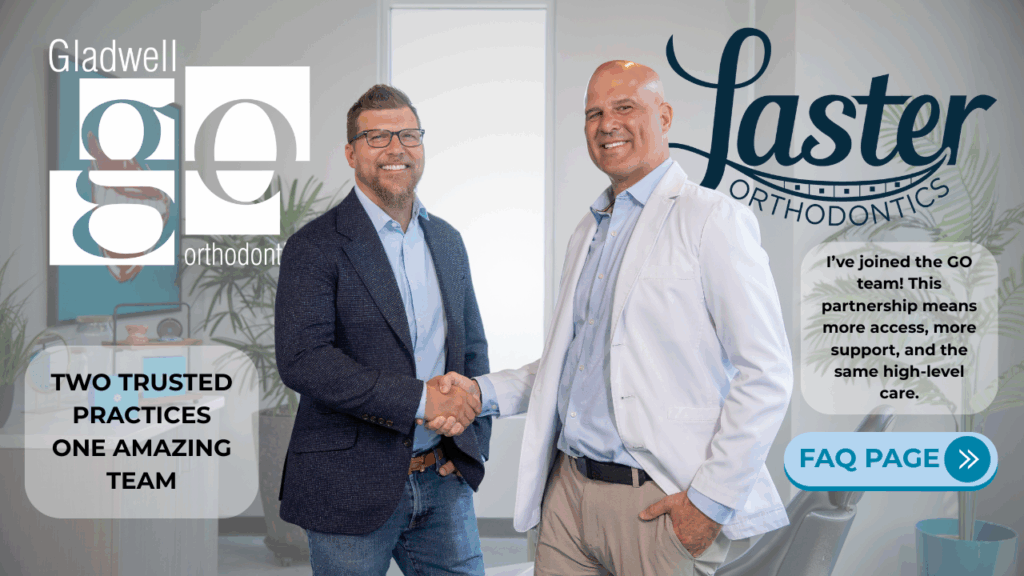An overbite is a common problem among both children and adults. In fact, research shows that almost 20% of children and 13% of adults have a significant overbite.
Overbites can come in different forms, and are called by different names. However, one thing that all overbites have in common is the ability to make a person self-conscious about his or her smile. In severe cases, an overbite may even prove harmful to your health.
In this article, we’ll talk about what an overbite is, why a person may have it, and how an orthodontist can correct it. Let’s dive in!
What is an Overbite?
As its name suggests, the term “overbite” refers to when your teeth are misaligned, so that your top teeth protrude over your lower teeth. Sometimes this is referred to as “buck teeth.” Since “occlusion” is the medical term that refers to proper alignment of a person’s teeth, dentists will often refer to an overbite as a “malocclusion.”
Sometimes an overbite can look like crooked teeth. However, an overbite actually occurs when the top and bottom jaws are not lining up as they should.
What Causes an Overbite?
There are several possible causes of an overbite, some of which are controllable. These include the following factors:
- Heredity. If you look back over your family album and spot a lot of folks with a buck-tooth smile, odds are your overbite is due to your genetics. Just as a person will likely inherit the color of his eyes from one or both of his parents, he may also inherit the misalignment of his teeth and jaws from them as well.
- Misalignment-inducing behaviors. When you were younger, did your parents ever warn you that sucking your thumb could cause buck teeth? Actually, they were right! Persistent thumb-sucking as a child will often create pressure on still-forming permanent teeth that can cause them to come in at an abnormal angle. Other behaviors like sucking on a pacifier or repeatedly thrusting the tongue forward can also result in an overbite.
- Other dental issues. Crowding or spacing can lead to the misalignment of your front teeth and cause an overbite. Extra or impacted teeth can easily lead to misalignment issues. On the other hand, if you are missing teeth, then your remaining teeth may gradually shift position and give you the appearance of buck teeth.
What are the Different Types of Overbite?
There are two basic types of overbite: vertical and horizontal.
A vertical overbite is when the top teeth overlap the bottom teeth by more than 4mm, or cover more than 30% of the lower teeth. Overbites that feature an overlap of between 4 to 6mm are known as deep overbites; anything greater than that is called a severe overbite, and may even be so bad that the top teeth dig into the lower gum.
A horizontal overbite, also known as an “overjet,” is when the upper teeth protrude over the bottom teeth. In other words, they are significantly closer to the front of your mouth than the bottom teeth.
Of course, in many cases an overbite could be both horizontal and vertical at the same time. The size and/or shape of a person’s jaw is usually the most important factor in whether he will have an overbite.
Complications from an Overbite
Some people live with an overbite for many years, and choose to forego any treatment for it. While some individuals may be able to ignore their overbite without any serious consequences, others may have to receive treatment in order to avoid complications. Some common symptoms and complications of an overbite include:
- Tooth decay. If your top teeth are misaligned with your bottom teeth, they may wear away at your lower tooth enamel, resulting in tooth decay, cavities, and other complications.
- Jaw pain. Since an overbite is often the result of a crooked or misaligned jawbone, many people who have an overbite also suffer from chronic jaw pain. In fact, studies have found that an overbite can contribute to TMJ jaw pain and other manifestations of pain, such as headaches.
- Snoring and sleep apnea. Believe it or not, an overbite can actually contribute to snoring! People who have an overbite often have a recessed jaw, which may pinch the airway during sleep. This pinching effect may, in turn, cause tissues in the throat to vibrate — thus creating the snoring sound. In more serious cases, an overbite may also contribute to sleep apnea, or the blockage of the body’s upper airway during sleep.
- Speech impairment. A severe overbite may make it difficult for a person to pronounce certain words or sounds. In extreme cases, this could even lead to a speech impediment.
Correcting an Overbite
As we’ve seen, an overbite can be a serious medical issue. Fortunately, modern dentistry makes it relatively easy to correct an overbite – especially in younger patients. Here are some ways that Dr. Laster may be able to correct your overbite (or that of your child):
Common Treatments for Kids
When it comes to overbites in children, the good news is that kids have it much easier than adults. The reason why is that a child’s jaw is still in its developmental stage throughout his or her early life. Actually, the width of the jaw stops growing at about 4 years of age; the forward growth of the upper jaw (Maxilla) stops at about 9, and the lower jaw (Mandible) ceases its forward growth in the mid-to-late teens. This means that it is usually much easier to adjust the teeth and jawbones of a child than it is an adult.
A orthodontist may use one or more of the following treatments to correct an overbite in children:
- Baby teeth removal. In some cases, an impacted baby tooth may throw off the alignment of the jaws by crowding out permanent teeth or forcing them to grow at an abnormal angle. Simply removing the baby teeth may be all that is required.
- Braces. One of the most common treatments for an overbite is the use of braces. Braces are typically attached to the top and lower arches of the teeth, and an arch wire gradually straightens and then aligns the teeth. Then, the orthodontist may use small elastics to slowly shift the patient’s jawline into the correct position. It may take two or more years for braces to completely eliminate the patient’s overbite, as well as any related issues.
- Retainers. A retainer may be prescribed as the final stage of a treatment with braces, or it may be used to keep the patient’s teeth in place after another treatment. In either case, retainers are designed to maintain and stabilize the new position of your teeth so that they don’t revert into an overbite.
Common Treatments for Adults
While adults may not be quite as easy to treat as kids, there are still several options available to correct an overbite. These include the following treatments:
- Braces. As with children, braces are a common treatment option for correcting an overbite among the adult population. They work basically the same with both age groups.
- Aligners. While braces use brackets and wires to slowly shift teeth into the correct position, aligners are tight-fitting, customized mouthpieces that the patient can easily slip over the teeth, remove, and replace at will. Clear (or “invisible”) aligners also have the added benefit of being much more attractive than braces.
- Teeth removal. Sometimes a crooked or impacted permanent tooth may be the root cause of an overbite. The tooth may even make it impossible to use braces or aligners to treat the problem. In such cases, your dentist may have to remove the tooth in order to fix your overbite.
- Surgery. The most invasive treatment option to correct an overbite is known as orthognathic surgery. The surgeon will shift the maxilla, mandible, or both jaws into the correct position, and then secure them with titanium plates and screws. Usually the hardware used during the surgery stays in place for the rest of the patient’s life.
Reach Out to Dr. Laster to Fix Your Overbite
If you or one of your family members has an overbite that’s causing problems, come see us at Laster Orthodontics. Our team of experienced and caring professionals will help you find the best treatment option for your condition and circumstances, and ensure that you receive the highest quality of care. Contact us today to learn more.
At Laster Orthodontics, we help families develop healthy, life-changing smiles using customized treatments, cutting-edge technologies, and caring relationships. Our individualized treatment plans help our patients achieve their perfect smile in the quickest, most painless way possible by utilizing a wide range of options from traditional braces to propel accelerated treatment to Dr. Laster’s in-house aligner program, Laster Perfect Smile. With three locations throughout the Triangle Area, we create life-changing smiles every day.


